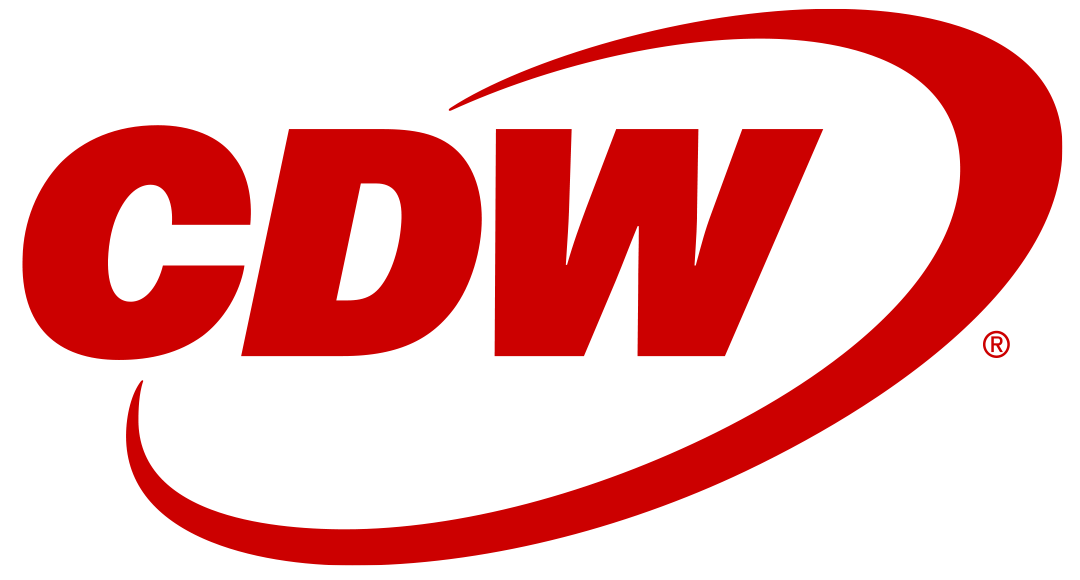How is cloud better for business? That’s a thorny question which has been considered by countless senior executives over time as they’ve sat down and weighed up the benefits of varying IT strategies.
There is, of course, no one-size-fits-all answer. For some companies, the flexibility of on-demand IT means that cloud is clearly the best solution. But for other organisations, for example those operating in heavily-regulated verticals, on-premise systems remain a contender.
That said, there is a very definite global trend towards the adoption of cloud services across a wide range of market sectors, and the publication of new research from data management specialist NetApp provides some insight into why that is the case. The NetApp survey asked respondents for their primary motivations for cloud adoption within EMEA. And the answers were quite revealing.
The responses showed that 56% cited security as a primary motivator for cloud adoption, with 55% also choosing flexibility. Furthermore, 54% of respondents gave cost savings as a motivator for cloud adoption, with 48% selecting reliability. The diversity of the answers shows that cloud now ticks many boxes for senior executives who are looking to secure business advantage.
That’s particularly true of hybrid cloud, which is commonly defined as the combination of private cloud to retain data control and public cloud with its agility and cost-model advantages. Figures from IDG Research Services have shown that the delivery of IT services via hybrid cloud is expected to triple over the next three years. The innate flexibility of hybrid architecture can deliver significant returns around lower total cost of ownership and enhanced operational efficiencies, while facilitating new levels of innovation that can help businesses meet customer expectations.
Let’s look at the primary benefits. Finances are a key factor, and under the right circumstances, hybrid cloud can deliver significant benefit by reducing IT infrastructure costs, boosting financial visibility and accelerating return on investment. IT departments can consume a lot of resources, but with the correct hybrid architecture in place, at least some of this workload can be transferred to the cloud. The upfront capital investment for purely on-premise solutions can be high, especially for start-ups and small enterprises. Subscription-based hybrid cloud service can offer a quicker and less expensive route to market, while providing better visibility of on-going IT costs. Furthermore, maintenance-free service provision through hybrid cloud can also set the mind at rest.
Then there’s innovation. Taking advantage of hybrid cloud extends access to external talent and technologies, which can lead to new business opportunities. Also, the scalable, on-demand nature of hybrid architecture enables organisations to perform more frequent experimentation. In these circumstances, new business processes can be tested more readily, with any failure viewed as less of a concern. In short, hybrid cloud can lead to a nimbler approach to innovation, which can help deliver significant business returns.
It’s clear, then, that hybrid cloud is an enticing option for business leaders who are looking to maximise the efficiency of their IT operations. But moving to the cloud can be a dizzying experience. Understanding the costs associated with cloud adoption presents one such challenge, and multi-cloud journeys spanning on-premise, hybrid and public clouds can make it hard for customers to define the cost of their current service and the cost of moving.
The key is to gaining clarity in this area is to pick an IT partner that understands the technology, but can also provide guidance around the business case for a cloud-based journey. Done correctly, that partnership can deliver a cloud strategy that delivers financially, while creating opportunities for business expansion and innovation.
For further information, please click the button below to visit Clear in the Cloud: NetApp & CDW and discover our Hybrid Cloud Infographic and the Future CIO Raconteur Report.
By Colin Kilpatrick, Data Centre Technology Specialist, CDW.


